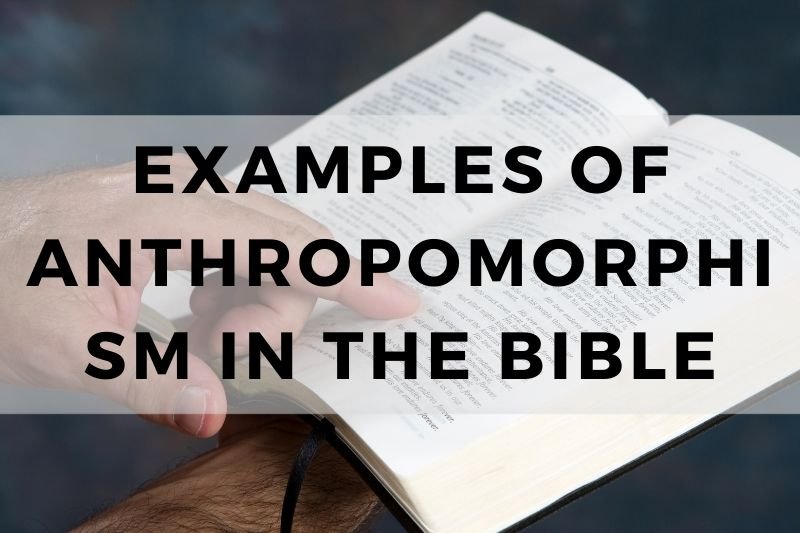
Anthropomorphism in the Bible refers to the attribution of human characteristics to God. This literary device helps us understand and relate to the divine in a more accessible way. Throughout the Bible, we see various examples of anthropomorphism that depict God in human-like terms.
These examples serve to deepen our understanding of God’s nature and character. In this article, we will explore some key instances of anthropomorphism in the Bible and discuss their significance. Let’s delve into these examples to gain insight into the ways in which God is portrayed in human terms.
8 Examples of Anthropomorphism in the Bible
#1. God Walking in the Garden
In Genesis 3:8, it says, “And they heard the sound of the Lord God walking in the garden in the cool of the day.” This anthropomorphic description of God walking in the garden helps us picture God’s presence among His creation. It conveys a sense of intimacy and closeness between God and humanity.
#2. God’s Hand and Arm
In Exodus 6:6, God says, “I will redeem you with an outstretched arm.” This imagery of God’s hand and arm symbolizes His power and ability to deliver His people. It portrays God as a mighty warrior who fights on behalf of His people.
#3. God’s Face
Numbers 6:25-26 states, “The Lord make His face shine upon you.” This depiction of God’s face shining upon His people conveys His favor and blessing. It suggests God’s presence and favor resting upon His people.
#4. God’s Eyes and Ears
Psalm 34:15 declares, “The eyes of the Lord are on the righteous.” This portrayal of God’s eyes watching over the righteous emphasizes His attentiveness to His people. It highlights God’s awareness and care for those who are faithful to Him.
#5. God’s Heart
In Hosea 11:8, God says, “My heart recoils within me.” This anthropomorphic language of God’s heart reflects His deep emotions and compassion towards His people. It reveals God’s love and concern for His wayward children.
#6. God’s Mouth and Voice
Isaiah 55:11 states, “So shall my word be that goes out from my mouth.” This imagery of God’s mouth speaking His word highlights the power and authority of His voice. It underscores the effectiveness and reliability of God’s spoken word.
#7. God’s Feet
Nahum 1:3 describes, “The Lord has His way in the whirlwind and in the storm, and the clouds are the dust of His feet.” This depiction of God’s feet in the storm signifies His sovereignty and control over nature. It conveys God’s majestic presence and authority over creation.
#8. God’s Emotions
In Exodus 34:14, God declares, “For you shall worship no other god, for the Lord, whose name is Jealous, is a jealous God.” This anthropomorphic portrayal of God’s jealousy reveals His passionate love and desire for His people. It shows God’s desire for an exclusive and intimate relationship with His people.
Closing Thoughts
The examples of anthropomorphism in the Bible provide a rich tapestry of imagery that helps us understand God’s character and relationship with His people. Through these vivid descriptions, we see God’s presence, power, love, and care portrayed in relatable human terms.
As we reflect on these anthropomorphic depictions, may we be reminded of God’s closeness, strength, and compassion towards us. Let us take comfort in knowing that the God of the Bible is not distant or aloof, but intimately involved in our lives, guiding us with His loving hand and speaking words of truth and grace to our hearts.
